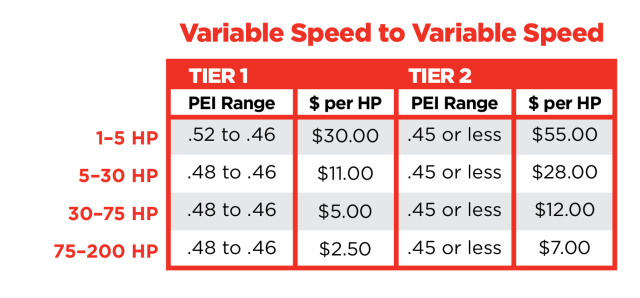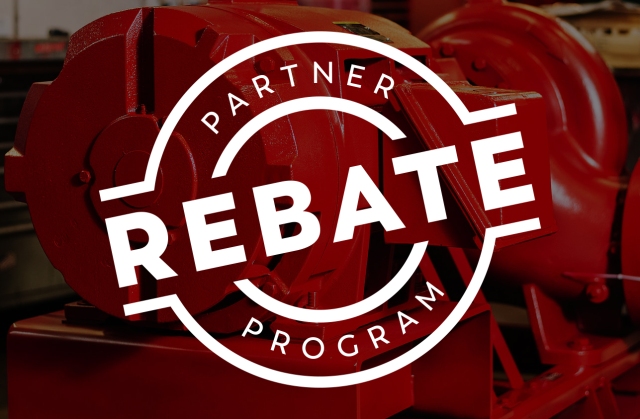
From the very start over 90 years ago, Mulcahy has been committed to hiring the best people and investing in the professional development and growth of our team. When you have the right people, with drive, integrity, and old-fashioned good work ethic, promoting and filling positions from within is a no-brainer. Some new and some familiar faces have moved into new positions within the Mulcahy team.
Nick Davis accepted the position of Cooling Tower Sales Specialist. He joins Bob Falk, Guillermo Arias, and Joel Cleveland to promote aftermarket and new tower business to owners and contractors. His tenacity and spirit will bring great energy to the former and his existing relationships with contractors will help us reestablish our BAC business with the latter.
Matt Svihel joins Mulcahy in the Technical Sales group. Matt has an associate degree in Heating and Air Conditioning Engineering Technology from Dunwoody. He spent the last three years working with consulting engineers doing design work in HVAC systems. He has a strong desire to learn and grow, and a clear career trajectory.
Ray Stewart will be joining the Mulcahy warehouse team. Ray, a Savage, MN native, lives with his wife and two children in his childhood home. He’s extremely driven to learn and spends time researching things that interest him. He has a strong background as a small- and large-engine mechanic and pours himself into his work.
Sam Thotland has begun his transition to customer service after working two years in the warehouse. This will allow Steve Dahl to focus on his move to the variable frequency drive sales team.













